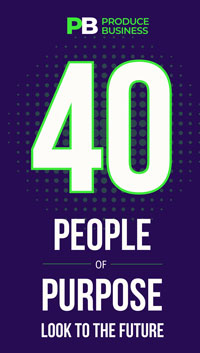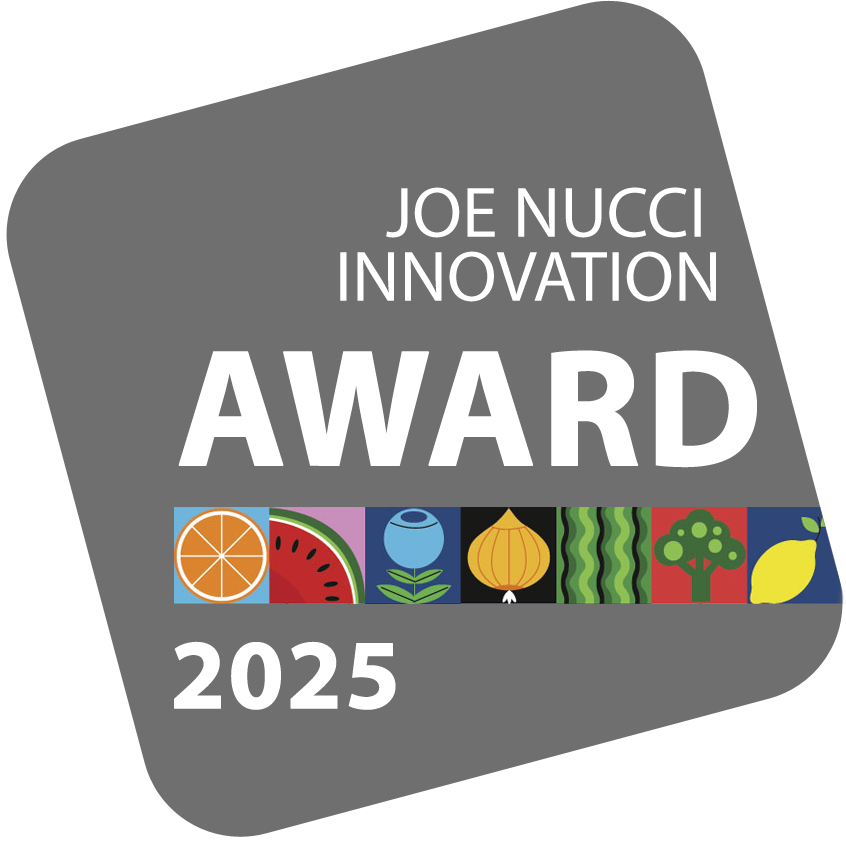Jeff Cady: Contract Procurement: Customer-Centric Retail
October 14, 2025 | 4 min to read


In today’s fast-paced, ever-evolving fresh produce industry, one thing remains constant: the customer’s expectation for quality, consistency and fair pricing. As a retailer, I’ve learned that meeting these expectations isn’t just about stocking shelves — it’s about building a supply chain that puts the customer at the center of every decision.
At the heart of this approach lies contract procurement, a practice that has become indispensable for retailers who want to deliver value year-round.
The produce business is inherently volatile. Weather events, shifting demand, and global supply chain disruptions can send prices soaring or plummeting overnight. Yet, from the customer’s perspective, these fluctuations are invisible — and frankly, irrelevant. Shoppers don’t want to hear about crop failures in California or hurricanes in Mexico; they want to find their favorite fruits and vegetables at a fair price, every time they visit the store.
That’s why we’ve made contract procurement a cornerstone of our approach. By working closely with suppliers to establish steady, season-long pricing, we can smooth out the highs and lows that would otherwise be passed on to the consumer. This isn’t just about protecting margins; it’s about delivering on the promise of consistency that keeps customers coming back.
BUILDING RELATIONSHIPS, NOT JUST TRANSACTIONS
Contract procurement is more than a legal agreement — it’s a relationship. In many cases, these contracts are sealed with a handshake rather than a signature. What matters most is the mutual commitment: we pledge my business to a supplier for a set period, and, in return, we expect reliability, even when the market gets tight.
This relationship-based approach pays dividends when challenges arise. Recently, for example, a certain market experienced a sharp price increase due to supply constraints. Because we were on contract with a supplier, we had already agreed on a fair price months in advance. When costs started to rise, I picked up the phone and reminded my supplier of our agreement. We discussed the situation openly, and, while I’m always willing to listen if unforeseen circumstances arise, my priority is to ensure that my customers are protected from sudden price spikes.
This kind of open dialogue is only possible when both parties are invested in the long-term relationship, not just the next transaction. It’s a philosophy I try to instill in my team, especially those who come from more transactional industries. In fresh produce, success is built on trust, communication, and a shared commitment to the end consumer.
HARNESSING TECHNOLOGY FOR PREDICTABILITY
While relationships are the foundation, technology is a tool that helps us navigate uncertainty. Forecasting tools, data analytics, and market intelligence platforms allow both retailers and suppliers to anticipate challenges and make informed decisions. We may not be able to predict the weather, but we can use technology to model scenarios, identify trends, and plan for the unexpected.
For example, by analyzing historical data and monitoring global events, we can anticipate tight markets and adjust our procurement strategies accordingly. This not only benefits retailers, but also gives suppliers the confidence to plan their production, reducing stress and uncertainty throughout the supply chain.
REAL-WORLD EXAMPLES
Let me share a couple of real-world examples. As we approached grape season this year, I called my supplier and said, “Instead of selling me grapes at rock-bottom prices in September and October, let’s agree on a fair, consistent price now.” I’d rather pay a steady price throughout the season than subject my customers to wild swings at the register. The same goes for soft fruit — at the start of the California season, I work with suppliers to avoid inflated prices when demand exceeds supply, ensuring that we can offer consumers a fair deal from day one.
This approach isn’t limited to a single category; it’s a philosophy I apply across the board. As long as both retailer and supplier honor their commitments, everyone wins: The supplier gets a reliable partner, the retailer gets consistent supply, and the customer gets the value they expect.
KEEP EYE ON CONSUMER
My advice is simple: Stay in touch with your customers’ needs and work backward through the supply chain to meet them where they are at. Don’t get distracted by short-term gains or market noise. If you keep your eye on the consumer and use every tool at your disposal — contracts, relationships, technology — you’ll be well positioned to succeed.
Looking ahead, the fresh produce industry will only grow more complex, and the challenges we face will continue to evolve. But one thing remains clear: The retailers who thrive will be those who invest in strong supplier partnerships and never lose sight of the customers’ needs.
Contract procurement isn’t just a tool for managing risk — it’s a strategy for building trust, ensuring reliability, and delivering real value to the people who count on us every day. By staying true to these principles, we can navigate whatever comes our way and help shape a produce industry that’s resilient, responsive, and ready for the future.
Jeff Cady is vice president of produce and floral for Northeast Shared Services, headquartered in Schenectady, NY, which supports the retail banners of Price Chopper, Market 32 and Tops Friendly Markets.
21 of 32 article in Produce Business October 2025

